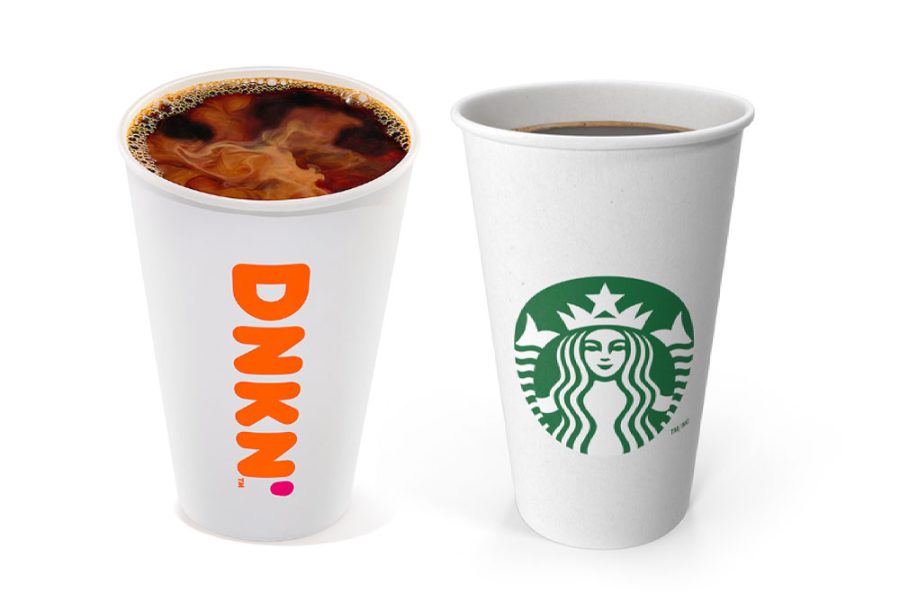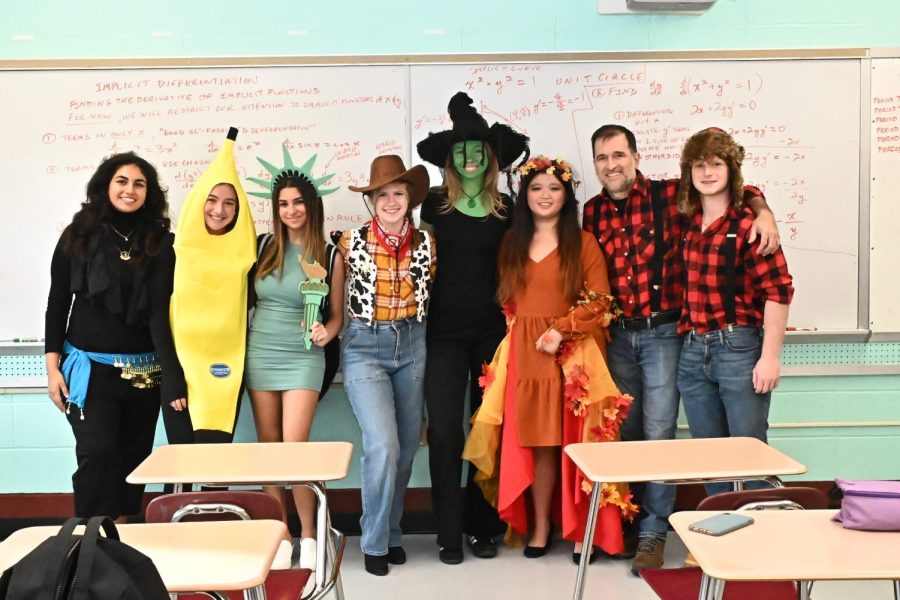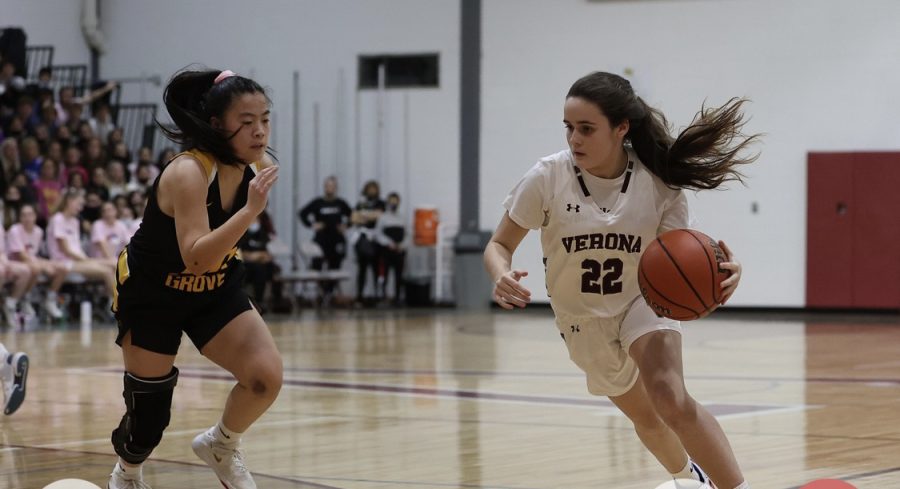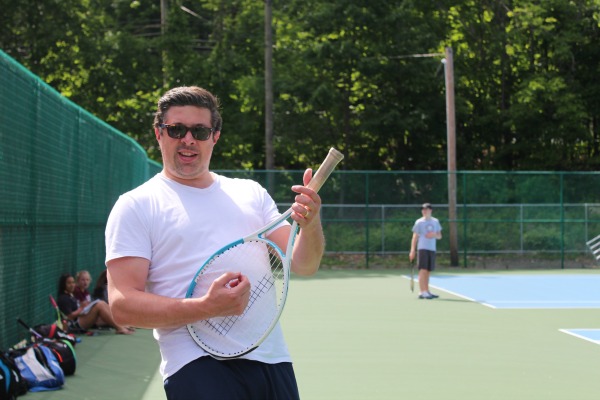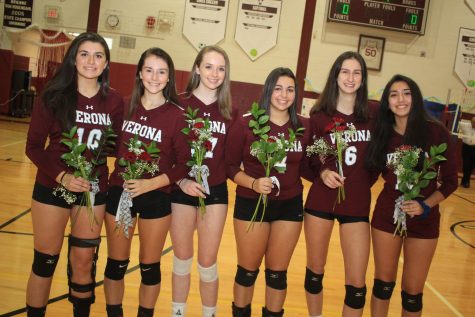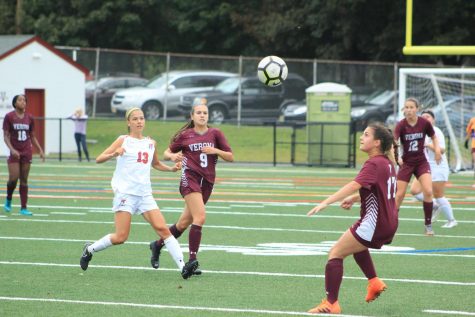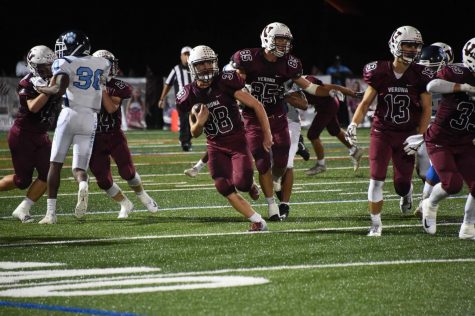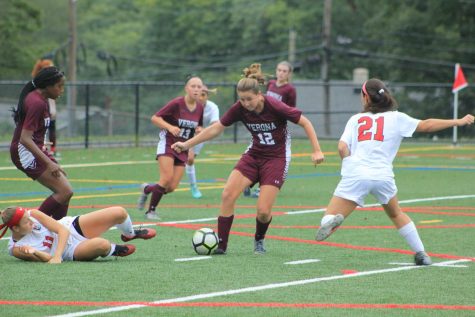Bracket Strategy or March Madness
Every year, more than 40 million Americans fill out 70 million NCAA Division I Men’s Basketball Tournament brackets, betting more than 2 billion dollars. The three-week tournament in March has created a national frenzy as millions of people attempt to complete the perfect bracket of winning teams. “March Madness” has become a national tradition, as men, women and children are all involved in submitting their completed brackets in office pools, with friends, or at school.
Possessing extensive college basketball knowledge is not essential to selecting a winning bracket. Many people are just casual followers of college basketball while others have limited interest. Completing a bracket has become a yearly ritual for most Americans in March. Tremendous excitement, school loyalty, camaraderie amongst co-workers or friends and the popularity of completing a bracket and submitting it has increased every year.
The selection committee, based on each teams’ regular season record and strength of schedule, seeds the 68-team field of colleges and universities. However as history has shown, many lower seeded teams have upset higher seeded teams. As a result, there is much unpredictability of the tournament.
Many people have their own system in completing their bracket. Some people watch a lot of college basketball games on television to better educate themselves on the teams participating. Others just make their selections based on the color of the uniforms or names of the teams. Even with this belief, no one has created the perfect bracket. Yet no strategy has proven to be the correct formula, many people believe in their system to achieve the best results.
March Madness has developed a tradition that includes both men and women. Women have become increasingly involved in filling out brackets each year. Many women select the teams that they think have the coolest, and prettiest colors. This strategy has a similar chance of being successful as college basketball analysts as shown in recent history. As more people make their picks, lower seeded teams, have increasingly started to upset higher seeded teams.
Everyone has his or her own formula to how to make the best bracket. Sports fan, and VHS junior student Alex Hardenberg was determined to finish first in his pool with friends this year. Minutes after the bracket was published, his strategy was to Google all the teams and research which had the best chance to win.
“When I was doing my research, I got the sense that there were going to be a lot of upsets this year, and to separate myself from the pack, I picked more upsets than everyone else” said Alex.
As the tournament progressed Alex revisited his strategy “Well I picked the right amount of upsets, just not the right ones,” he said. “But this shows that my strategy is right, and eventually I will pick the right combination”.
The strategy for basketball player Maggie Maranz is more personal. “Well I kind of know which teams are usually good and which ones I like,” said Maggie Maranz. “So I pick a variety of the teams I think will win, and the teams I want to win.”
Her bracket did not turn out so successful. Her national champion, Villanova, was upset in the Sweet 16 by North Carolina State University.
“Even though my bracket wasn’t as good as I’d hoped, I still had fun with the whole March Madness tradition and that’s all that matters to me,” she said.
There is no exact science to selecting the perfect br
acket and that is why for three weeks every spring the college basketball post-season is simply “March Madness”.


